The Hidden Costs of a 'Grow Now, Clean Up Later' Mindset
Written on
Chapter 1: Understanding the Environmental Crisis
The planet currently finds itself in dire straits due to simultaneous crises: climate change, biodiversity loss, and environmental contamination. These challenges are driving the Earth toward critical tipping points, where one issue exacerbates another, leading to a chain reaction. For instance, the melting of the Greenland Ice Sheet can instigate further problems even with a modest temperature increase of 1-3 °C (1.8-5.4 °F), ultimately risking a catastrophic rise of 4 °C (7.2 °F) (see "How Arctic Coasts Are Affected By Climate Change" for insights on melting permafrost). Despite these pressing issues, many economists argue that transitioning to a sustainable economy is financially daunting.
The notion that a shift to an eco-friendly economy is costly stems from predictions made by conventional economic models. Notably, two prevalent models—DICE (Dynamic Integrated model of Climate and the Economy) and RICE (Regional Integrated model of Climate and the Economy)—attempt to quantify the economic implications of climate policy. These models assess the growth of new industries based on historical trends but overlook technological advancements that could facilitate change.
Historically, technological innovations emerged in isolation, but today, advancements across various fields are occurring simultaneously, fostering competition that drives progress. In the energy sector, for example, innovations in solar, wind, wave, fuel-cell, and geothermal technologies compete to deliver renewable energy. Traditional economic models, which rely on single technological progressions, have repeatedly underestimated the rapid growth and price drops in renewable energy sectors. Since 2010, the cost of solar panels has fallen by 83%, while wind turbines saw a 35% decrease.
While these models suggest that a 'grow now, clean up later' strategy may be economically viable, they fail to capture the long-term costs. A concerning prediction indicates that an additional temperature rise of 0.5 °C (0.9 °F) from 1.5 to 2 °C (2.7 to 3.6 °F) by 2100 could incur costs ranging from $15 trillion to $38.5 trillion due to various consequences stemming from this mentality.
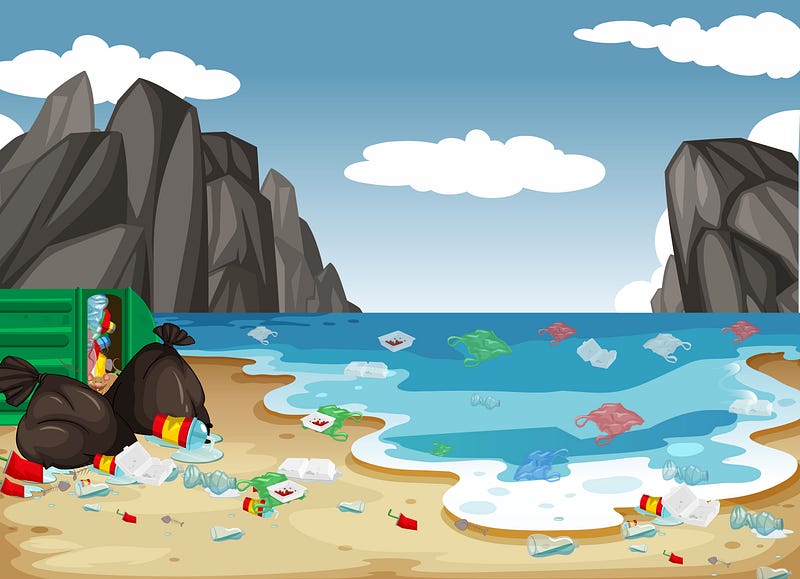
Chapter 2: The Financial Burden of Environmental Neglect
The first major financial burden of the 'grow now, clean up later' mindset is the expense of addressing environmental damage. Tackling these issues often proves more costly than preventive measures. For instance, managing pollution from littered waste typically incurs higher costs than proactive waste collection and processing. The persistent accumulation of certain pollutants further escalates these expenses over time.
India serves as a poignant case study of the costs associated with the 'grow now, clean up later' approach. This strategy currently imposes an economic burden of approximately 5.7% on the nation's GDP, translating to an estimated $181 billion. This figure encompasses expenses related to air pollution, inadequate water supply, sanitation challenges, and the degradation of agricultural and forested areas. Not only do these costs arise from direct expenditures to resolve issues, but they also contribute to higher healthcare expenses and diminished food production.
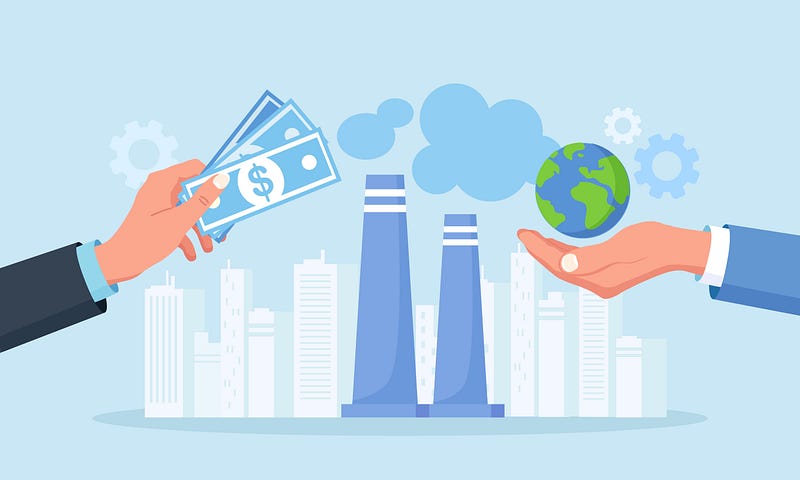
Counterproductive investments represent the second financial drawback of this mentality. Such investments often involve retrofitting or repairing harmful technologies, which might initially seem cost-effective but can lead to higher long-term expenses. For instance, adjusting a factory's pollution-emitting equipment may reduce emissions somewhat, but replacing it with cleaner technology can prevent pollution entirely.
Moreover, opting for environmentally friendly equipment upfront can be more economical than retrofitting outdated machinery. This strategic leapfrogging enables developing nations to skip harmful technology phases and directly adopt advanced, clean alternatives, advancing their energy infrastructure without incurring the costs of pollution cleanup.
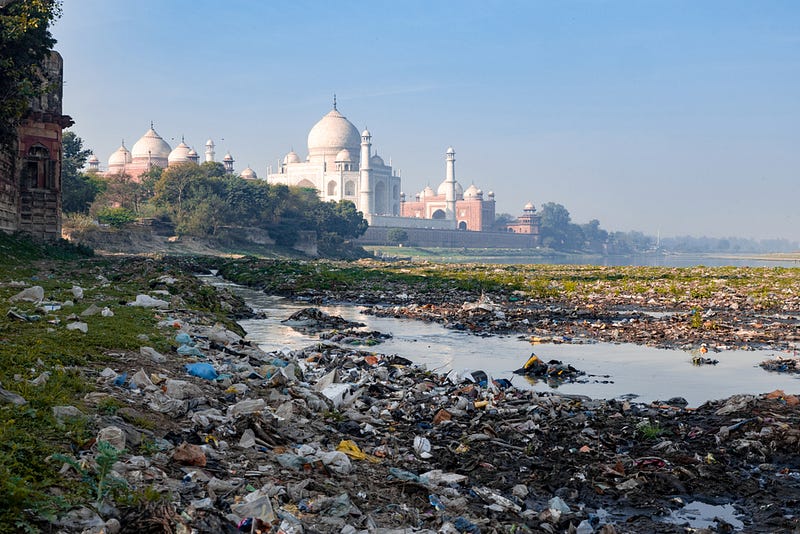
Health risks associated with pollution constitute the third cost of the 'grow now, clean up later' mentality. Pollution-related diseases accounted for 16% of global deaths in 2015, making it a leading cause of mortality, surpassing tobacco and alcohol. The financial implications of these health crises are staggering, with estimates suggesting that pollution damage totaled $4.6 trillion in welfare costs that year. Additionally, water pollution alone incurs $140 billion in lost wages and $56 billion in healthcare costs annually.
These financial and health burdens persist as long as the 'grow now, clean up later' mindset continues to dominate. Fortunately, many pollution control strategies have demonstrated effectiveness in developed countries and can be replicated elsewhere.
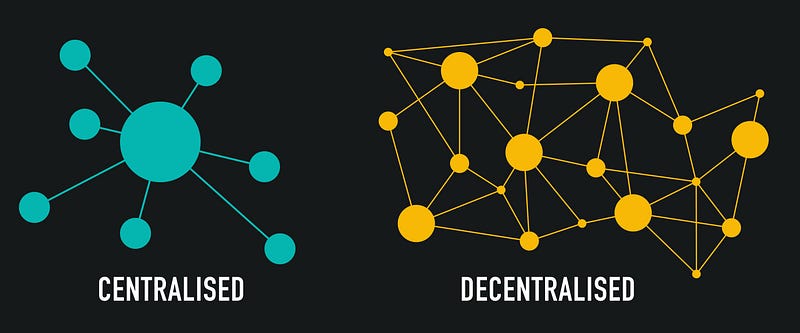
The final financial burden is the lack of resources due to overconsumption. Our use of materials, including non-renewable resources like fossil fuels, has more than tripled since 1970. This unsustainable consumption pattern leads to scarcity and environmental degradation. Earth Overshoot Day, which marks the date when resource consumption surpasses natural replenishment, occurred on July 28th, 2022, and is anticipated to arrive even earlier in 2023.
Continuing along this trajectory may result in a doubling of resource use by 2060, exacerbating pollution and diminishing biodiversity. Transitioning to a circular economy—where resources are reused and waste is minimized—offers a promising solution to counteract these trends.
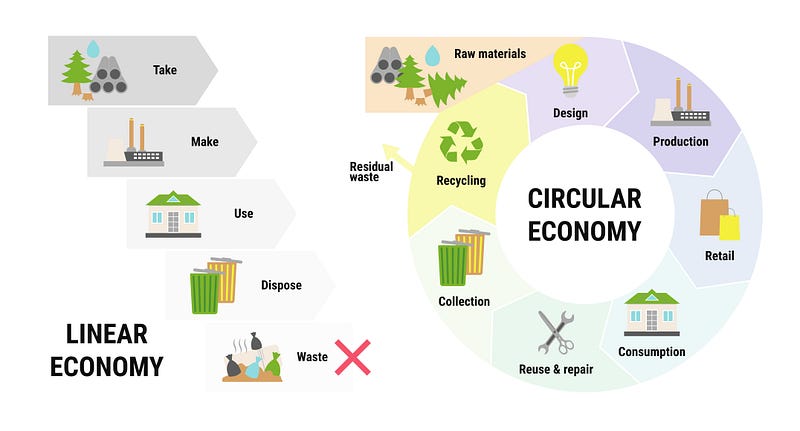
Conclusion: A Call to Action
The 'grow now, clean up later' mentality incurs substantial costs, from addressing environmental challenges and health problems to resource scarcity and counterproductive investments. Investing in preventative measures, embracing renewable energy, and shifting to a circular economy can provide more affordable solutions.
Taking Action
Here are some practical steps we can take to counter the 'grow now, clean up later' mentality:
- Advocate for stronger pollution control policies at all governmental levels.
- Invest in clean technologies when making purchasing decisions.
- Repair items instead of discarding them.
- Reuse materials whenever possible.
- Properly recycle waste to ensure materials are disposed of or reused efficiently.
Which of these actions can you incorporate into your daily routine? Do you have additional suggestions for combating this mentality? Share your thoughts in the comments to inspire others.
The first video, "Living the Change: Inspiring Stories for a Sustainable Future", showcases transformative journeys toward sustainability, encouraging viewers to adopt eco-friendly practices in their lives.
The second video, "5 Easy Steps to Make Your Home and Your Mind Clutter-Free | The Mel Robbins Podcast," offers practical advice for decluttering both your living space and mental space, fostering a more organized and sustainable lifestyle.
Credit
This article draws on the work of:
Ekins, P., & Zenghelis, D. (2021). The costs and benefits of environmental sustainability. Sustain Sci 16, 949–965.